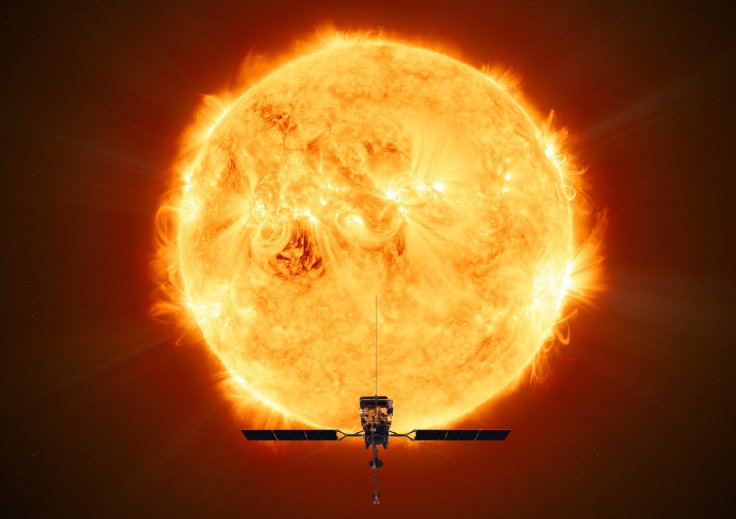The European Space Agency has successfully launched the Solar Orbiter. For the next couple of months, the spacecraft will travel across space to visit the Sun.
The Solar Orbiter's mission was made possible through a collaboration between the ESA and NASA. It was specifically designed to approach the Sun from close distances in order to study its polar regions.

Launch Of The Orbiter
The Solar Orbiter was officially launched on Sunday at 11:03 pm EST from the Cape Canaveral Air Force Station in Florida. It lifted off through the Atlas V rocket of the United Launch Alliance (ULA). The agency posted a video of the launch on Twitter, showing the rocket lifting off following the countdown.
At about 53 minutes after liftoff, the Solar Orbiter separated from the rocket. Over the next couple of hours, the Solar Orbiter will deploy its various equipment to prepare for its mission. According to a media kit released by the ESA, these equipment include the solar arrays, Radio and Plasma Waves antenna, instrument boom and high gain antenna.
Mission Of The Solar Orbiter
As explained by the ESA, the goal of the Solar Orbiter is to learn about the different aspects of the Sun. Some of these include the formation of the Sun's magnetic field and its effects on the massive star's polar regions. The Solar Orbiter also aims to collect data on space weather such as solar winds, coronal mass ejections and solar flares. Through the spacecraft, NASA and the ESA are hoping to understand how these solar events are formed.
The spacecraft will collect information about the Sun through close flybys, which is expected to begin in February next year. According to Gunther Hasinger, the director of science for the ESA, the Solar Orbiter will be able to safely approach the Sun due to its special heat shield, which can withstand temperatures of up to 970 degrees Fahrenheit.
"Solar Orbiter will go into this region that is about as hot as a pizza oven," he told Space.com. "It has a very intricate heat shield that is keeping it safe from sun, with these little peep holes that open when we want to look at the sun, but then close because the instruments are so sensitive."









